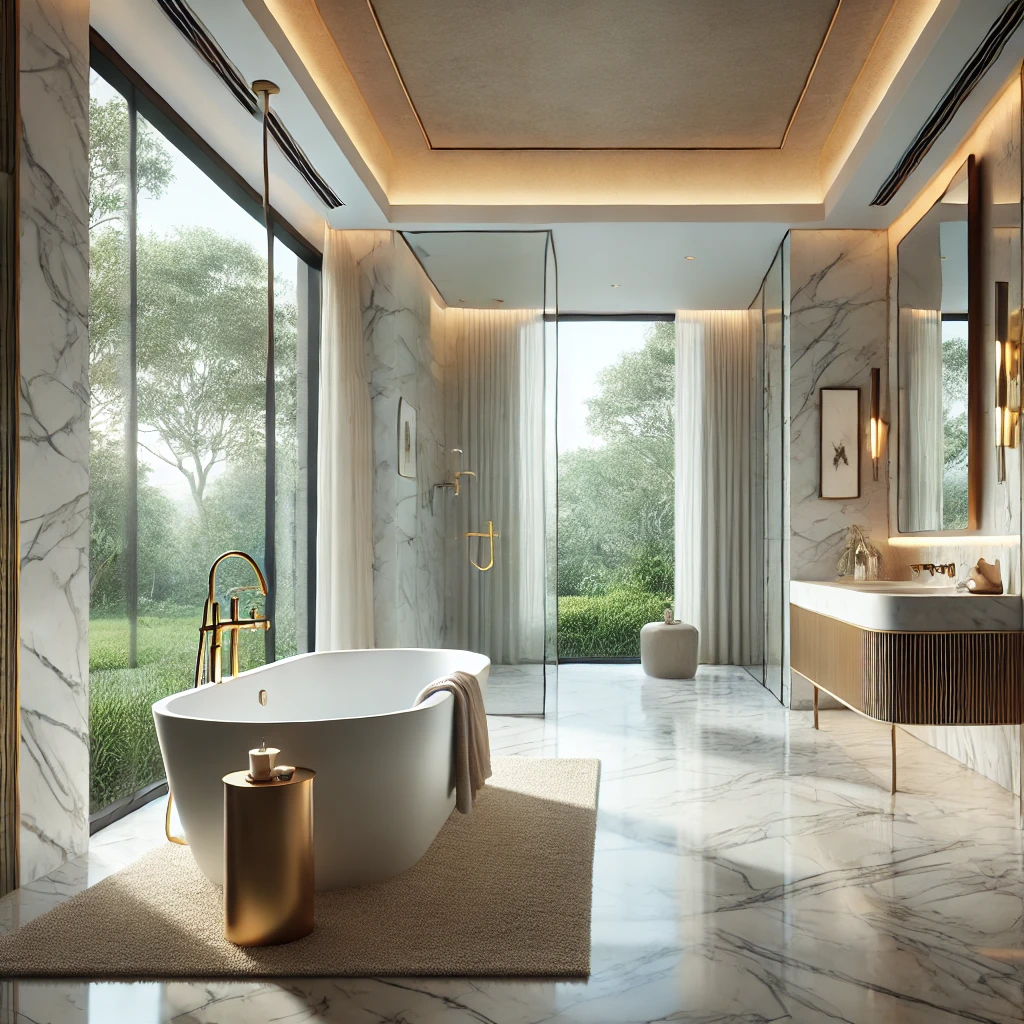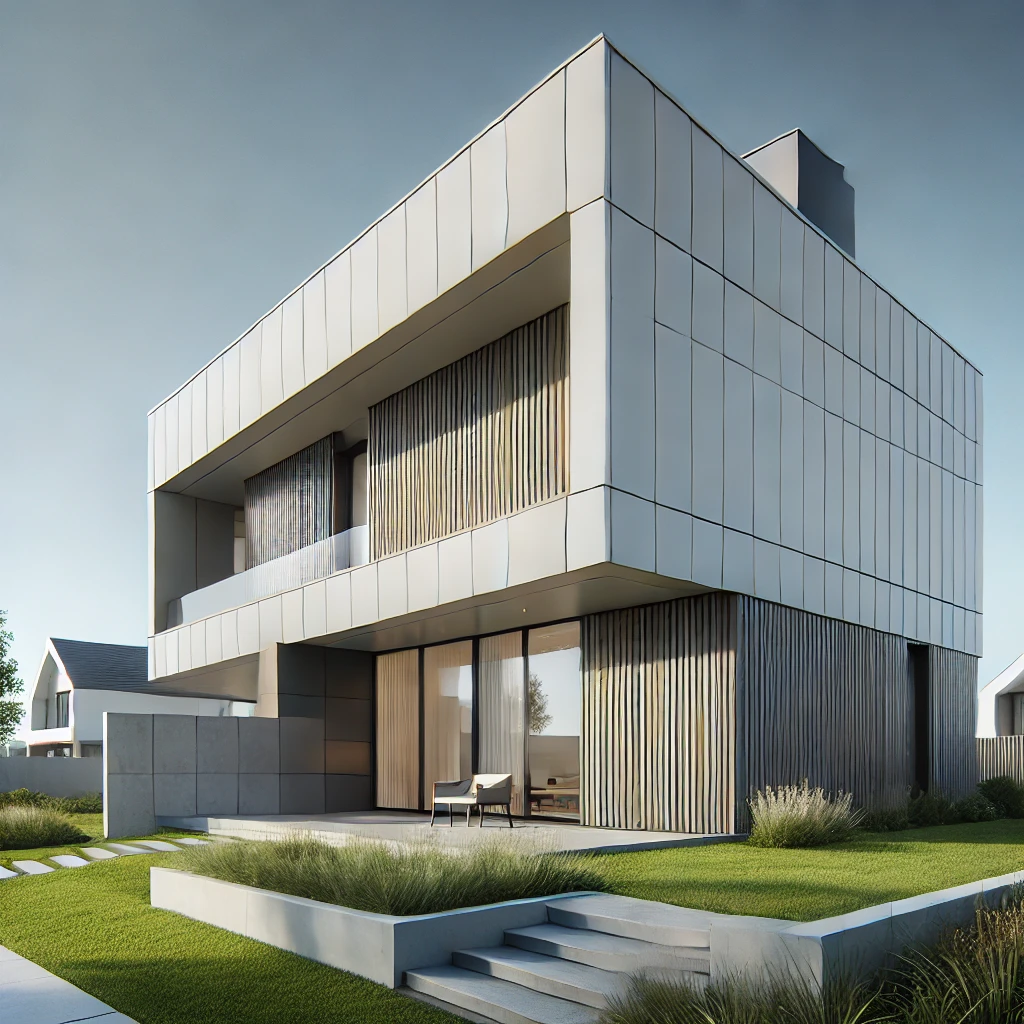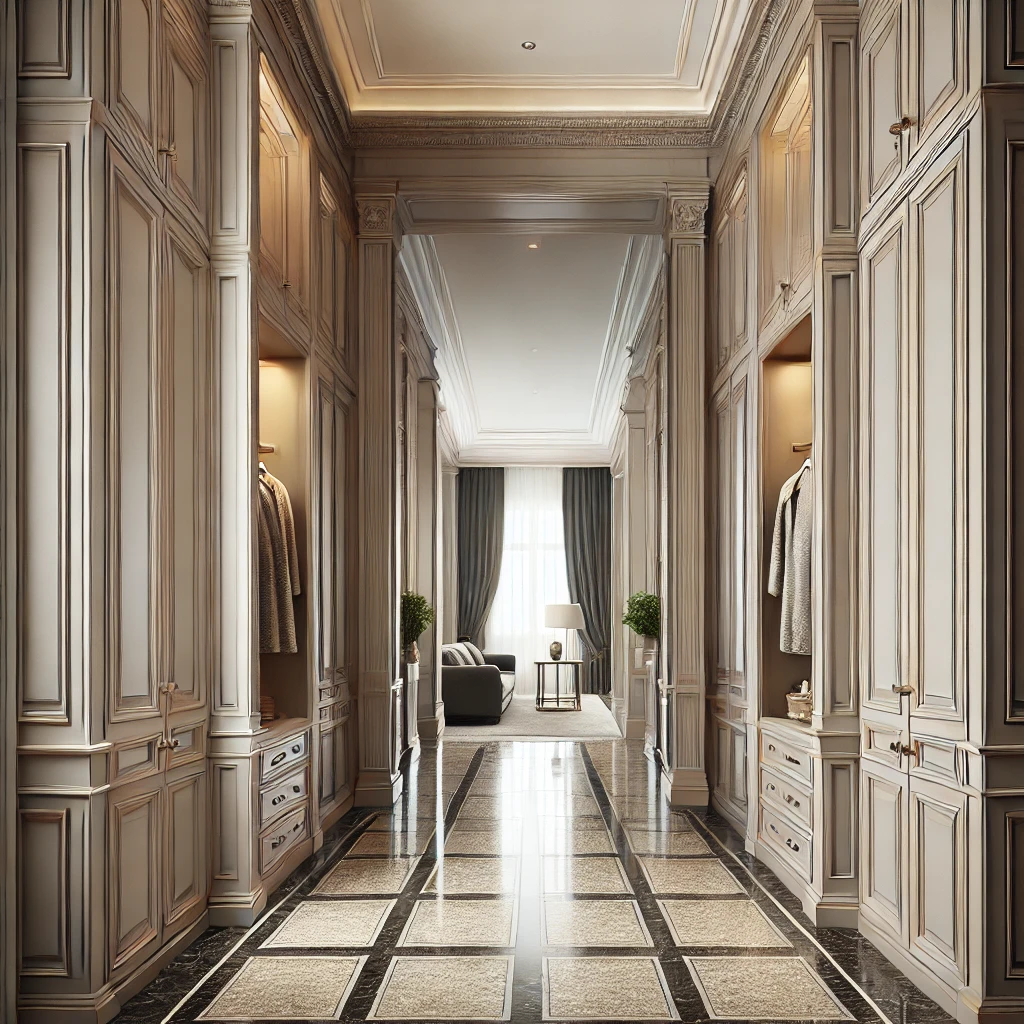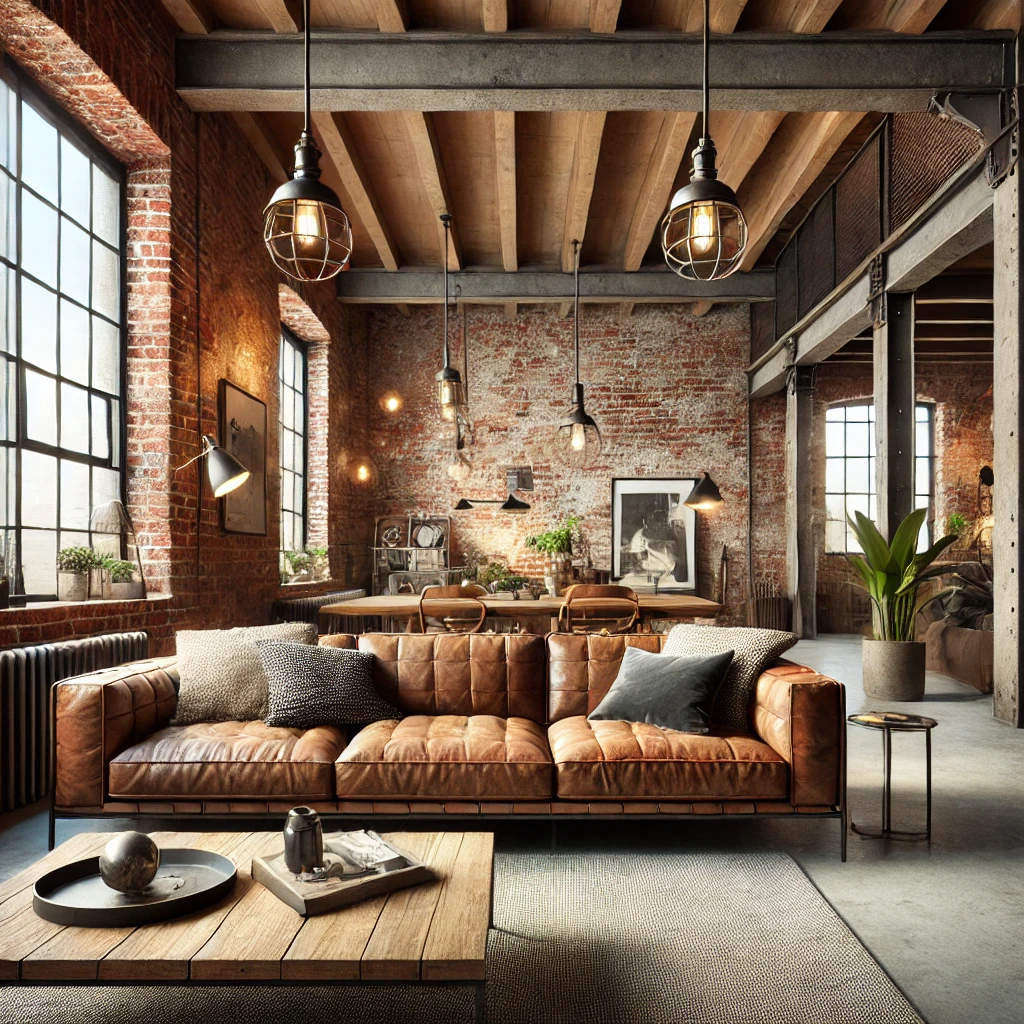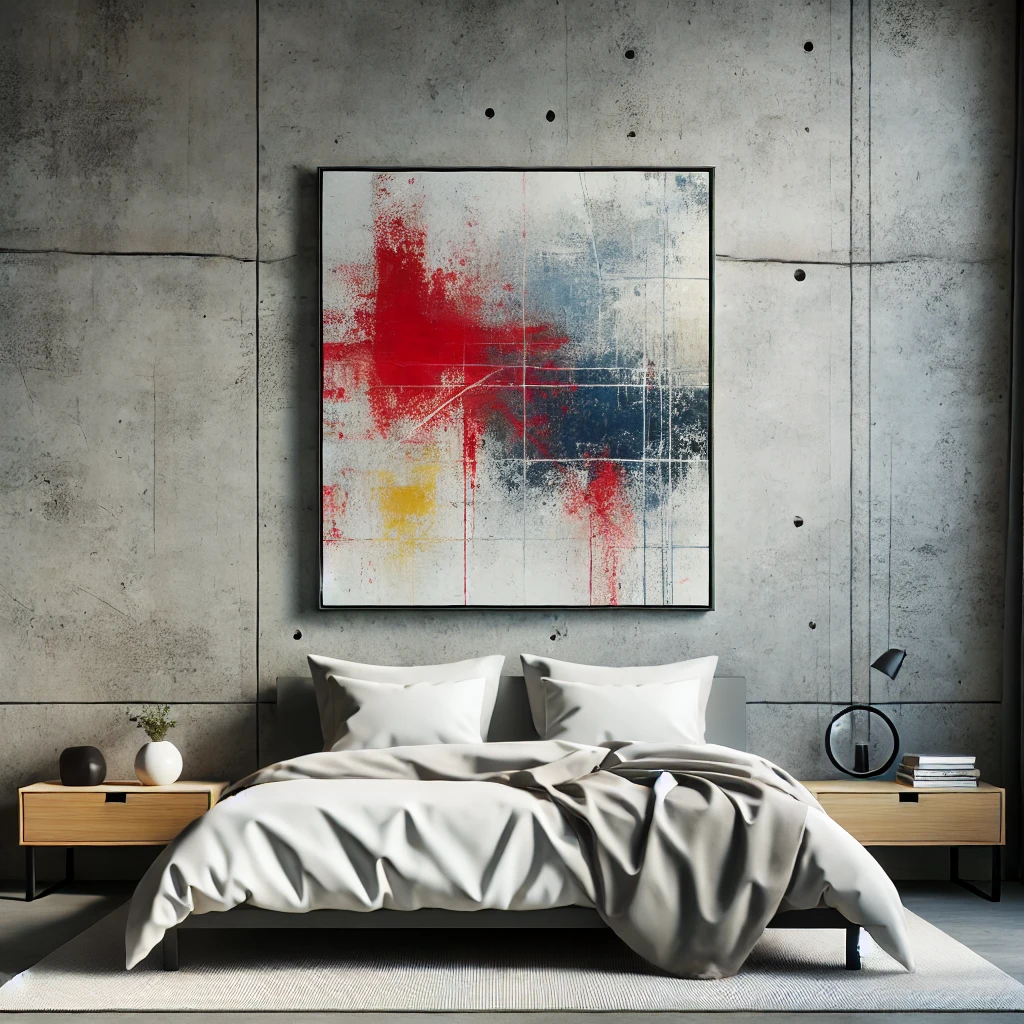Page 4 - Monthly Archives: May 2025
-
- May 07, 2025 - 6 min read
Refreshing, revitalizing, or perhaps giving it a noble aged look? When it comes to painting a wooden house’s exterior, there are numerous options depending on the desired outcome. Whether you’re aiming to protect the wood or to achieve a specific aesthetic, the choice of paint and method is crucial.
-
- May 07, 2025 - 6 min read
When asked about colored ceilings, nearly 400 surveyed designers unanimously responded: “It depends on the concept.” This answer led to further exploration: what kind of concept calls for a colored ceiling, and when is it better to leave it white? And if a colored ceiling is required, what color should it be? How intense should it be? Should it be patterned or solid? Let’s dive into these questions and more.
-
- May 07, 2025 - 5 min read
When it comes to home renovations, one of the most common dilemmas homeowners face is whether to choose wallpaper or paint for their walls. While both options have their advantages, the decision often comes down to the specific needs of the space and personal preferences. In this post, we’ll explore the key considerations to help you decide between wallpaper and paint for your next project.
-
- May 07, 2025 - 5 min read
In the world of exterior home design, a fascinating trend is gaining popularity—wallpaper for exterior walls. Unlike traditional wallpapers, these materials are engineered to withstand the challenging outdoor environment while adding a unique decorative touch to your home’s facade. This blog will explore the characteristics, materials, installation process, and longevity of exterior wallpapers, with a focus on the quality offerings from ZUBRA COLORS.
-
- May 07, 2025 - 5 min read
Exterior paint serves a dual purpose: it is both protective and decorative. Unlike interior paints, exterior coatings must withstand harsh elements like scorching sun, heavy rain, and freezing temperatures. Therefore, choosing the right exterior paint is crucial for the longevity and appearance of your home’s facade. In this guide, we’ll walk you through the key factors to consider when selecting durable exterior paint, with ZUBRA COLORS offering the best solutions for your needs.
-
- May 07, 2025 - 5 min read
White walls are often hailed as a remedy for all interior design challenges. Need to visually expand a space or make a room brighter? Paint the walls white! Looking for a versatile backdrop for experimenting with furniture and decor? Don’t want to overwhelm the space with too many colors? You know what to do—paint it white!
-
- May 06, 2025 - 4 min read
The ZUBRA Primer is an essential step in preparing various materials and surfaces for limewash paint. Its application ensures optimal adhesion, even coverage, and durability of the final paint effect.
-
- May 06, 2025 - 8 min read
ZUBRA limewash paint offers wide application possibilities, not only on traditional plasters or walls but also on various wooden surfaces. Thanks to its unique formula, this natural paint can be applied directly to many types of wood, creating both opaque finishes and subtle washed effects that expose the natural wood grain. Here are some tips on how to use limewash paint on wooden surfaces.
-
- May 06, 2025 - 8 min read
Limewash ZUBRA paint offers a wide range of applications, not only on traditional plasters or walls but also on various wooden surfaces. Thanks to its unique formula, this natural paint can be applied directly to many types of wood, creating both opaque finishes and subtle wash effects that highlight the natural grain of the wood. Here are some tips on how to use limewash paint on wooden surfaces:
-
- May 06, 2025 - 4 min read
Choosing the ideal color of limewash paint requires considering several factors. One of the most significant is the impact of light on color perception. Limewash paint, with its light-reflecting properties, appears differently than traditional paints, adding unique character and depth. Differences in color perception can be particularly noticeable depending on the lighting, making the color look different in person than on a computer screen or in a catalog.
